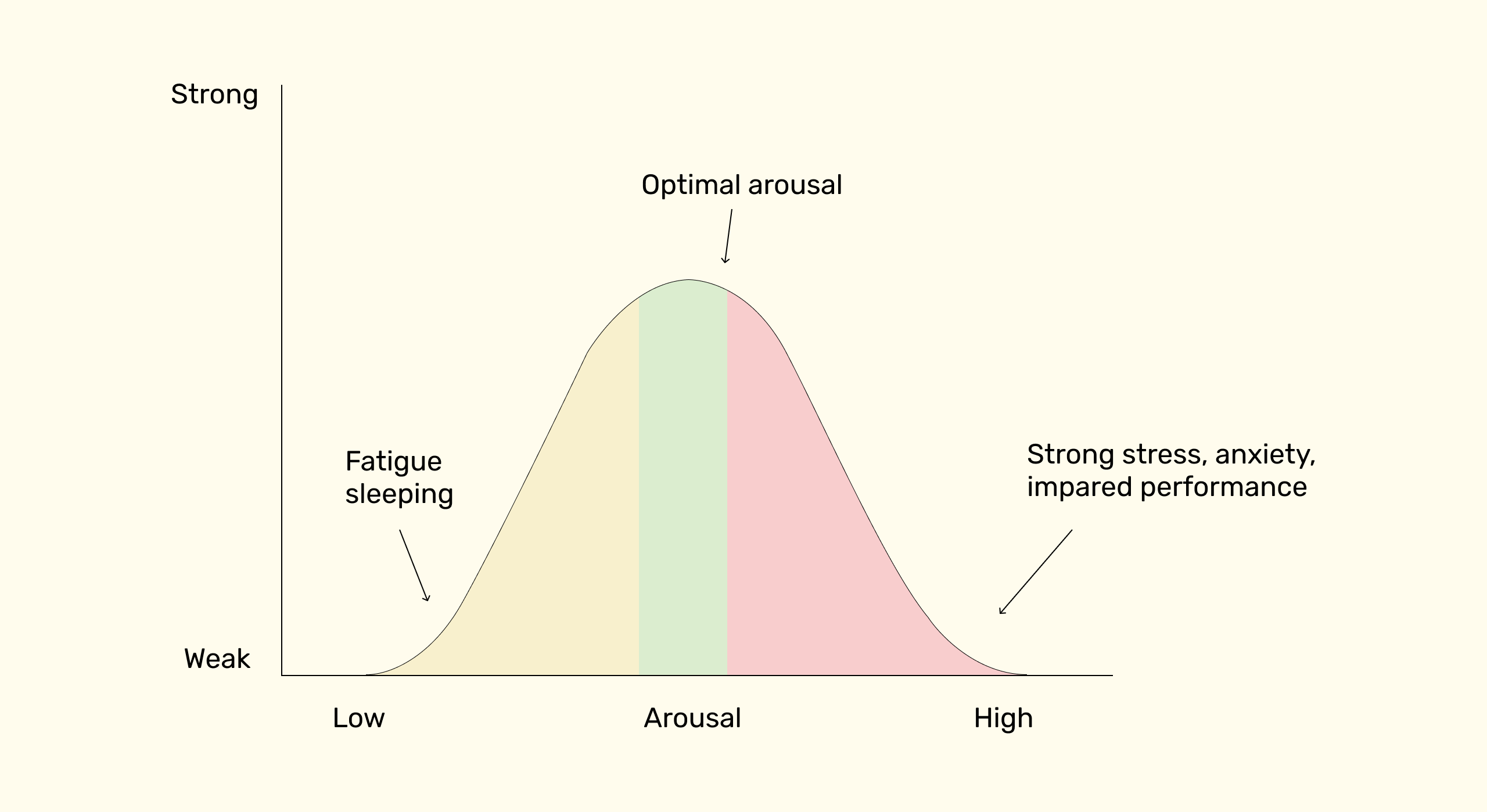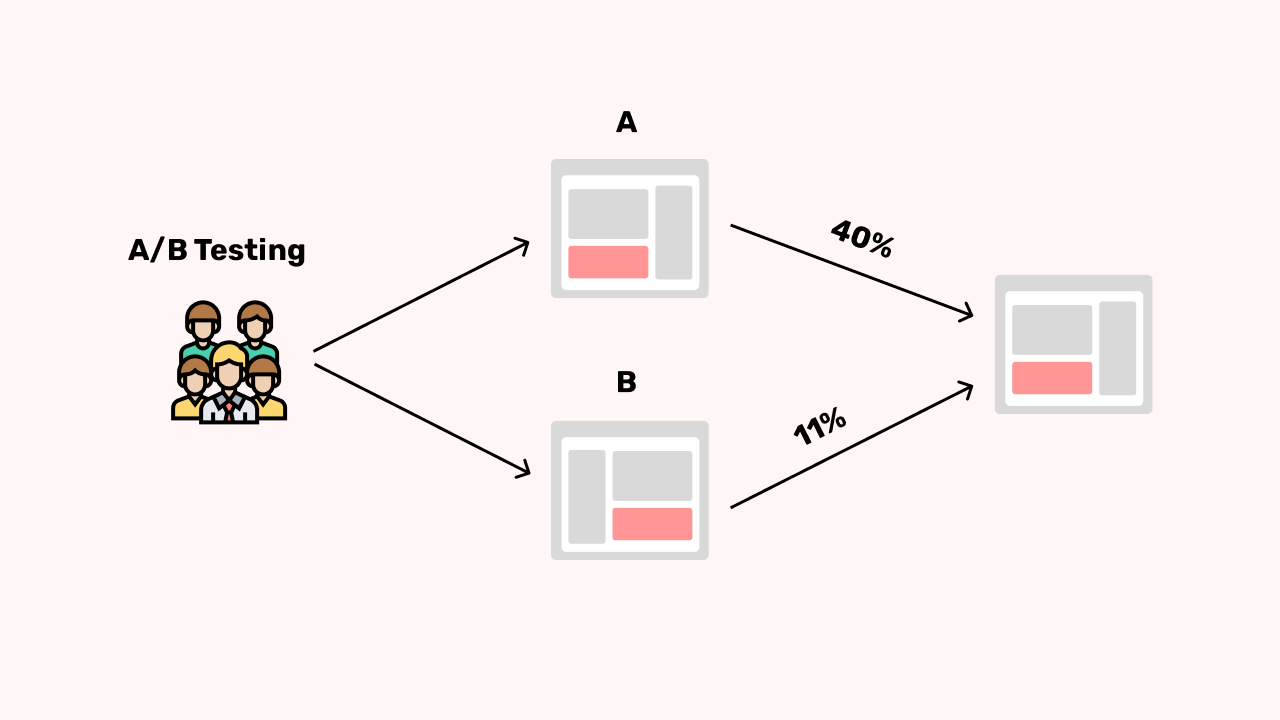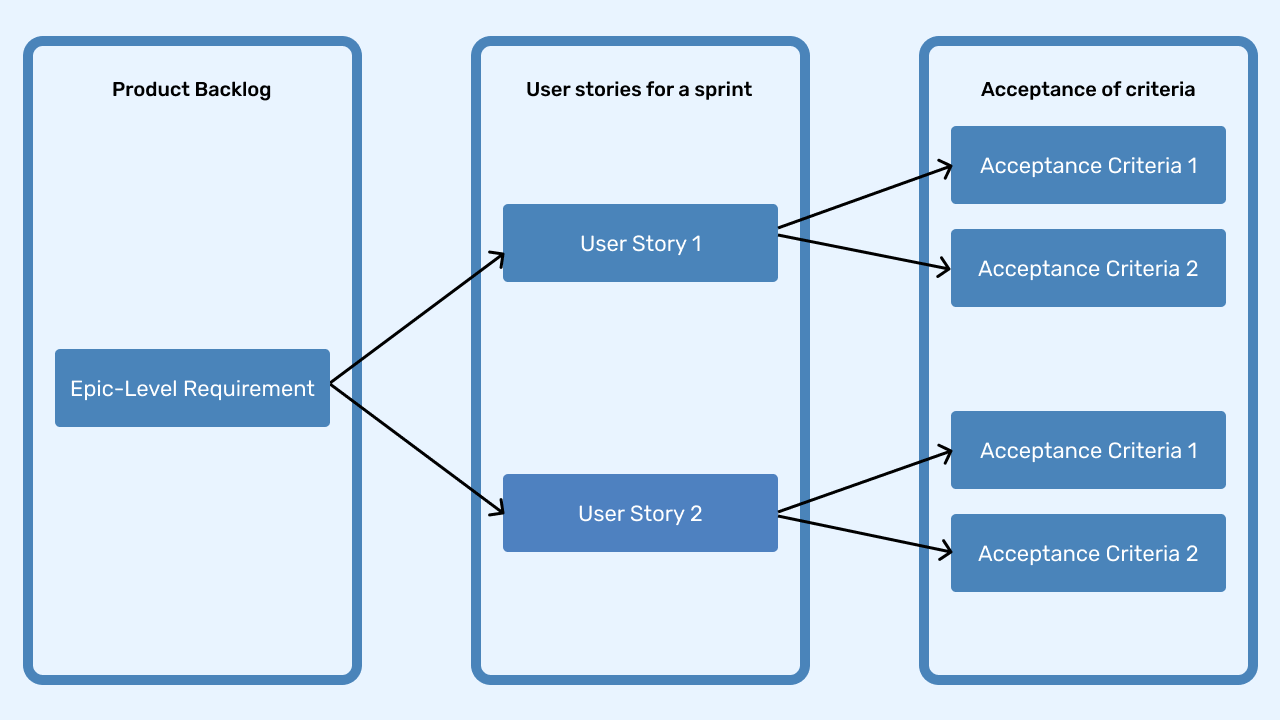What is Yerkes-Dodson Law?
Overview
The Yerkes–Dodson law is a model of the relationship between stress and job performance. It proposes that you reach your peak level of performance with intermediate levels of stress or excitement. Too less or too much arousal results in poor performance.
The Yerkes-Dodson Law, also known as the Inverted-U theory, is a psychological principle that describes the relationship between arousal and performance. It was first proposed by psychologists Robert M. Yerkes and John D. Dodson in 1908.
According to the Yerkes-Dodson Law, performance on a task is influenced by the level of arousal or stress. The law suggests that there is an optimal level of arousal that maximizes performance, and performance tends to deteriorate when arousal is too low or too high. In other words, there is a curvilinear relationship between arousal and performance, forming an inverted-U shape.
When arousal is too low, performance may be suboptimal because the individual lacks the necessary level of alertness or motivation to engage in the task effectively. As arousal increases, performance typically improves, reaching an optimal level where performance is at its peak. However, if arousal becomes too high, it can lead to excessive stress, anxiety, or overstimulation, which can impair performance.
The optimal level of arousal varies depending on the task and the individual's characteristics. Simple or well-learned tasks may require lower levels of arousal for optimal performance, while complex or novel tasks may require higher levels of arousal. Factors such as individual differences, task complexity, skill level, and personality can all impact the optimal level of arousal for a particular task or individual.
The Yerkes-Dodson Law has been applied in various fields, including sports psychology, education, and work performance. It suggests that finding the right balance of arousal is crucial for achieving optimal performance, and that too little or too much arousal can negatively affect performance. It underscores the importance of considering the arousal level in designing tasks, managing stress, and optimizing performance in various domains of human activity.

LET’S WORK TOGETHER
Need help developing a similar project?
Book a call with us and get the party started!
Book A Demo


